What if the future of luxury were being played out in a laboratory? Far from glitter, it’s now bacteria, yeasts, and fermentation processes that are reshaping the way we design fabrics. A new era of fashion is dawning, blending artisanal tradition with innovative science, through fermented bio-sourced fabrics.
Fermented bio-sourced fabrics are emerging as a bold response to the excesses of fast fashion. Made from agricultural waste, fruit, or microorganisms, these textiles are sustainable, biodegradable, and possess a unique aesthetic. Far from remaining mere laboratory curiosities, they are already attracting major luxury brands, eager to reconcile innovation and responsibility.
When science meets craftsmanship
Fermented bio-sourced fabrics are not designed in anonymous factories, but in hybrid workshops where artisans and researchers collaborate. Using linen residues, fruit skins, or plant fibers, microorganisms transform the material to create a new, supple and durable one.
This process is not a negation of the artisanal gesture. On the contrary, it becomes an extension of it, offering designers unique materials that can be worked like traditional fabrics.
View this post on Instagram
A unique aesthetic that appeals to luxury brands
Far from being limited to ecology, these innovative fabrics are captivating for their visual and tactile appeal. Natural variations, texture irregularities, and hues obtained through plant fermentation give each piece a unique character.
Luxury brands see this as a new avenue for reinventing couture and enhancing high-value clothing.
Sustainable and desirable fashion
Adopting fermented bio-sourced fabrics also meets a contemporary demand: circular fashion.
These biodegradable textiles drastically reduce the environmental impact of production. They become an aesthetic and ethical manifesto, transforming garments into a true style statement.



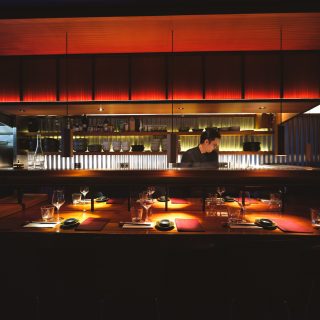


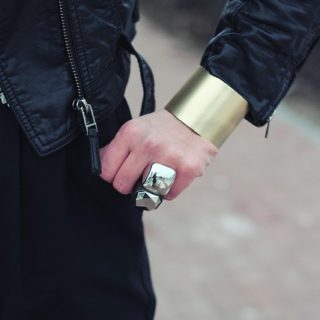






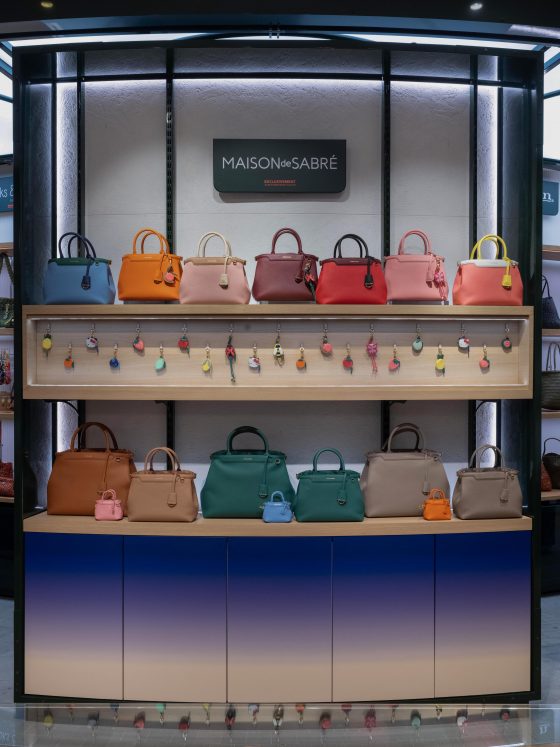
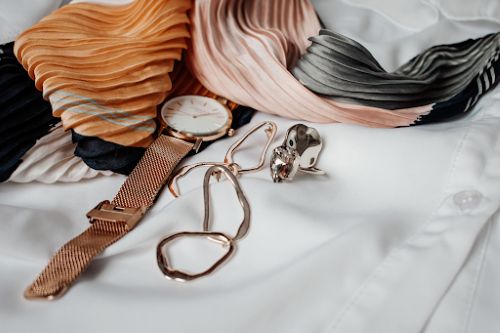
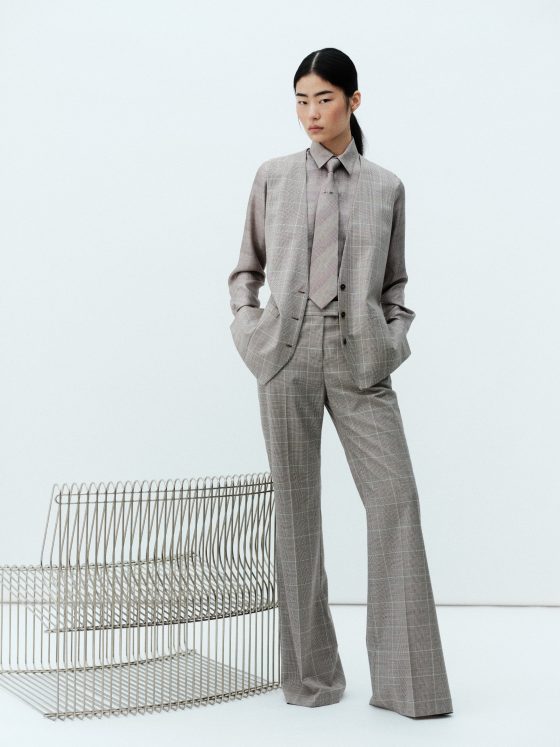
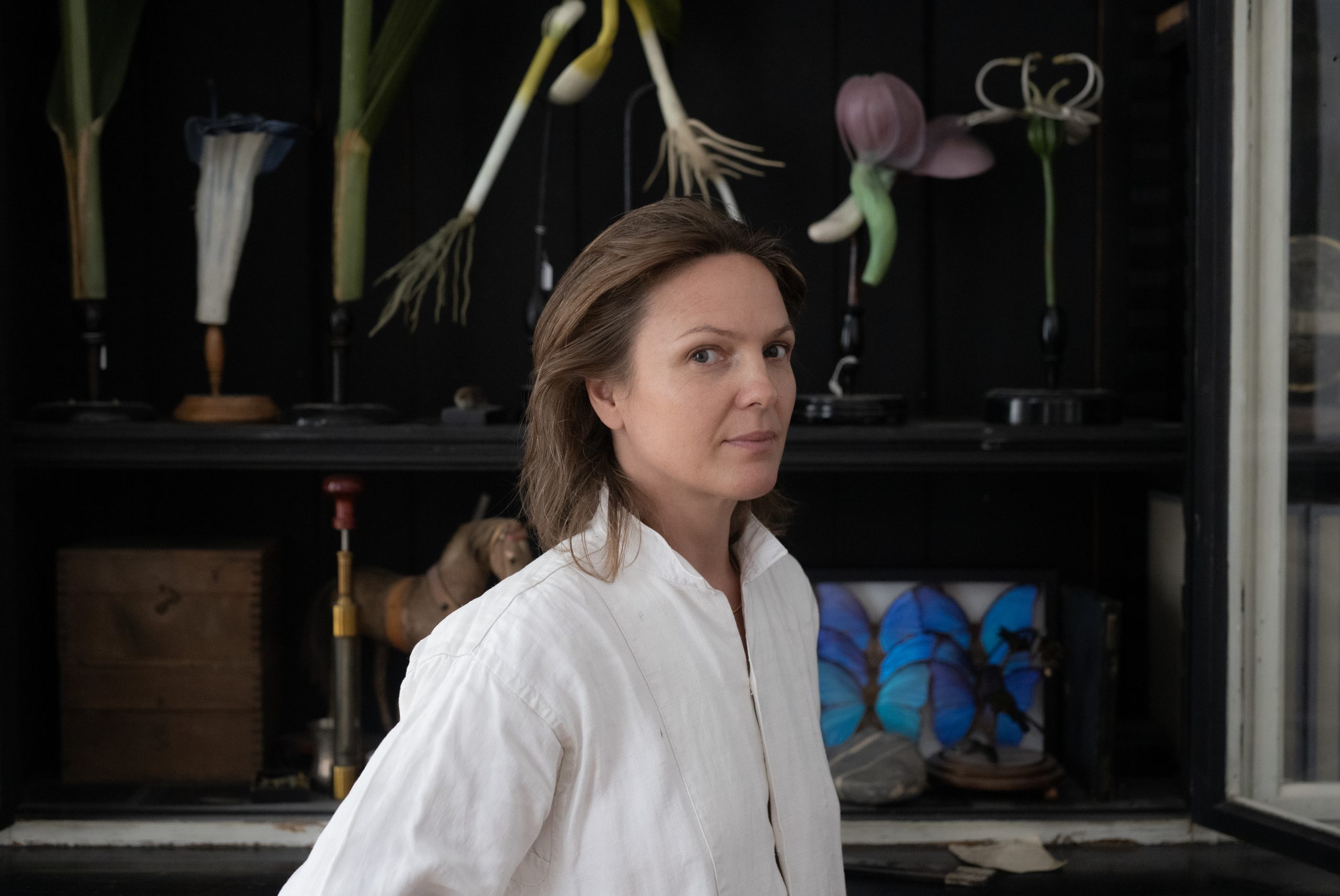
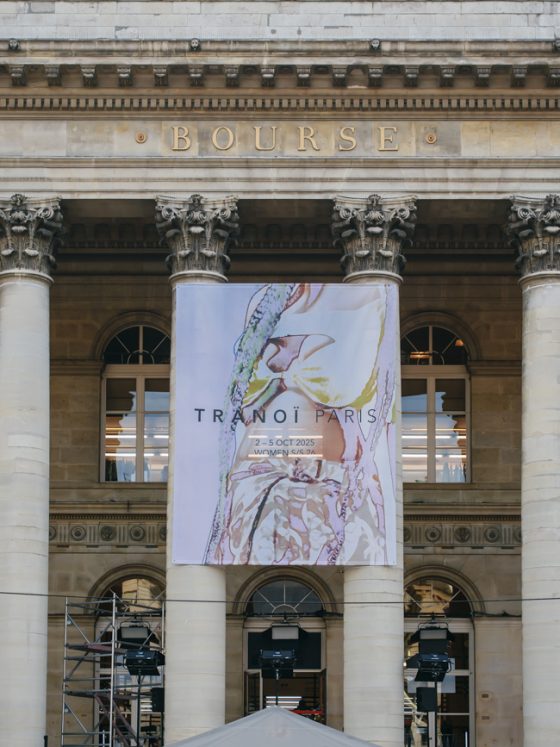




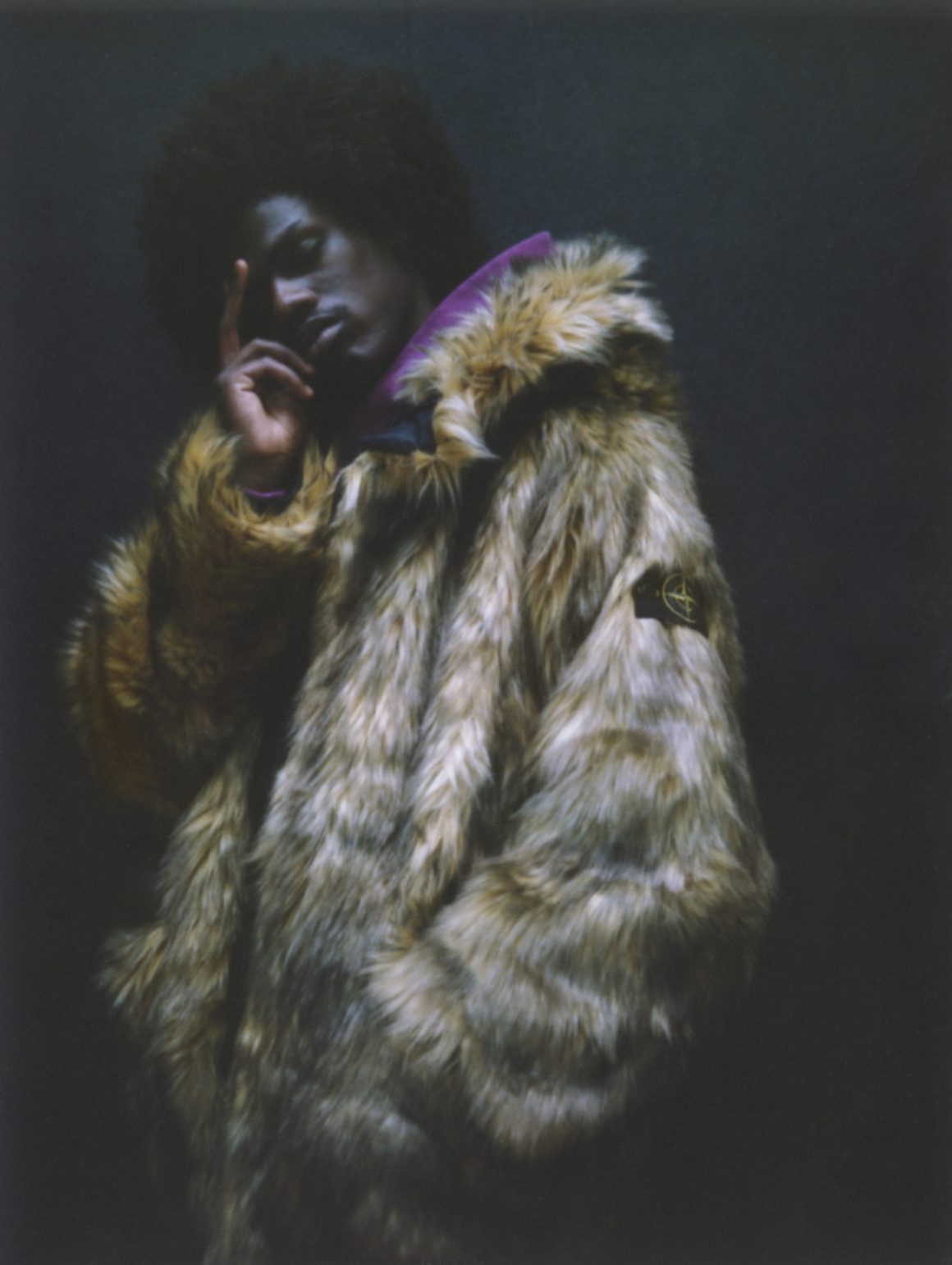


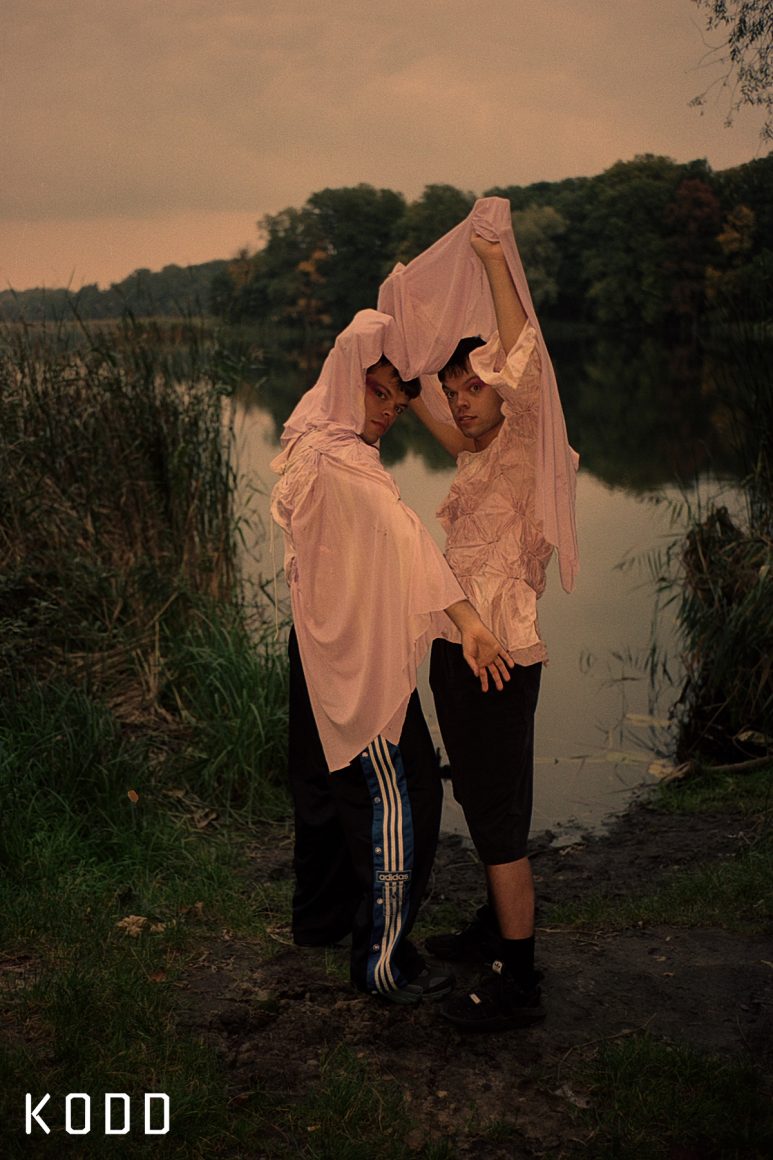
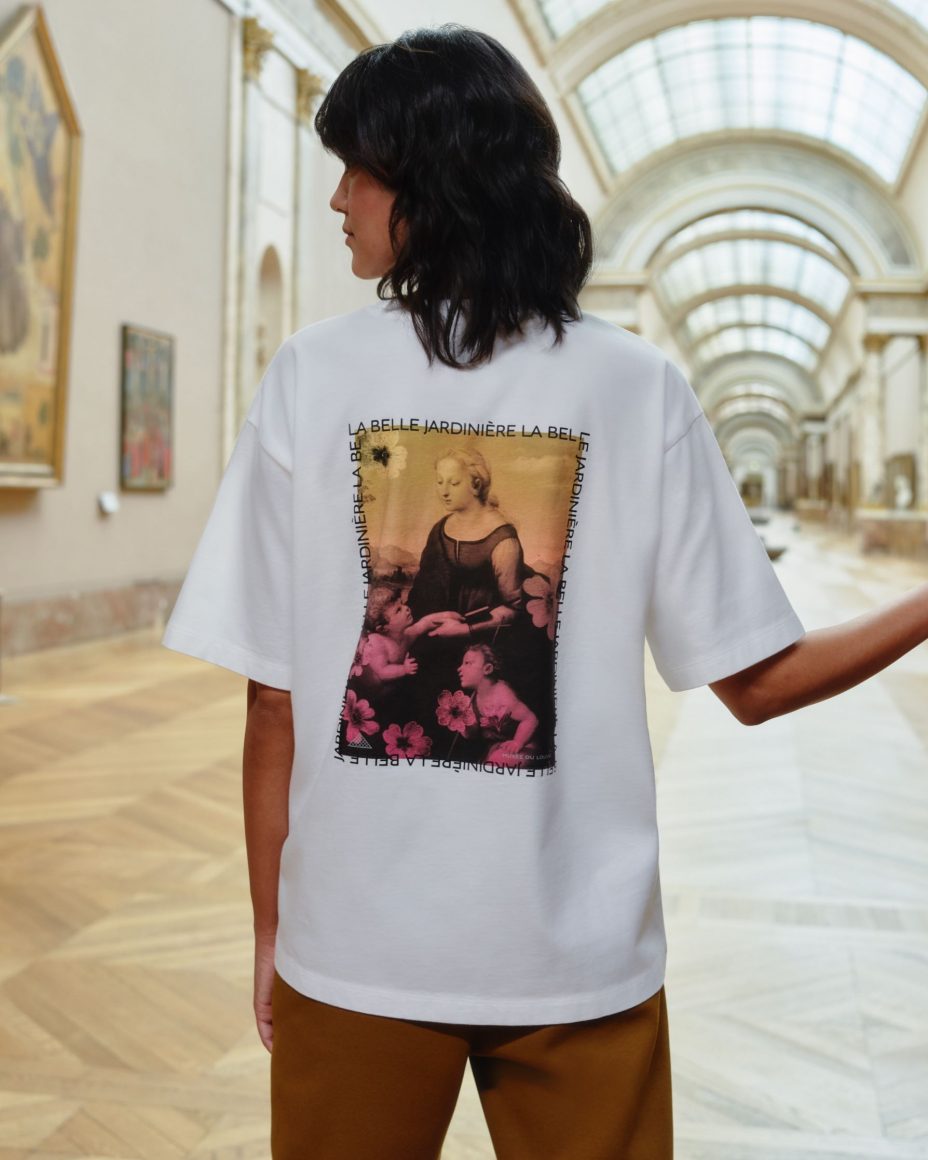

Follow us on Instagram